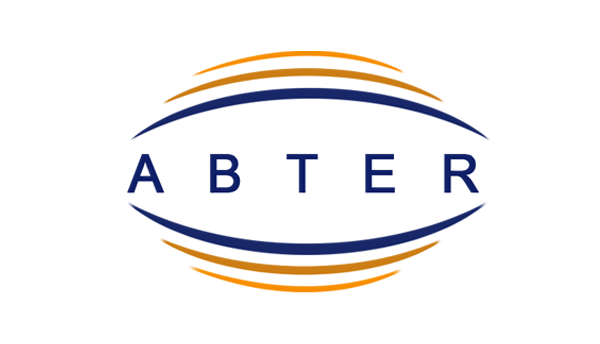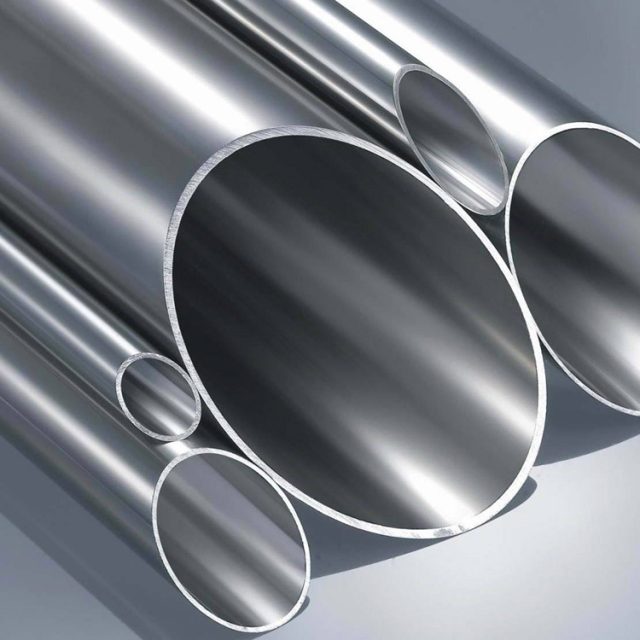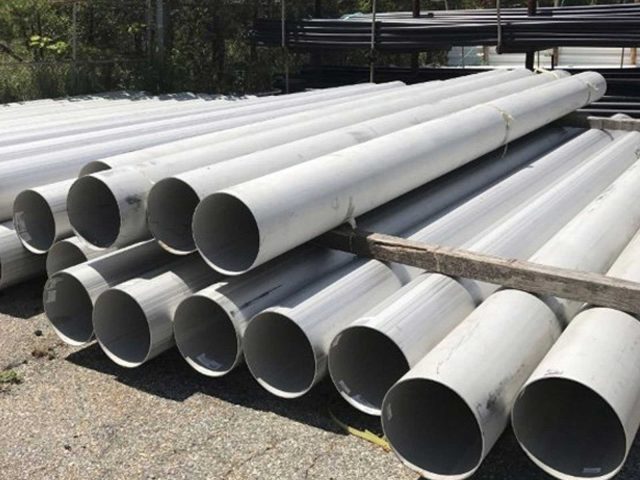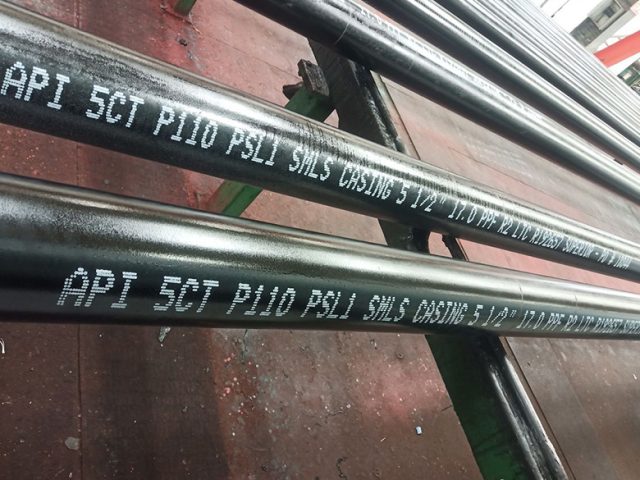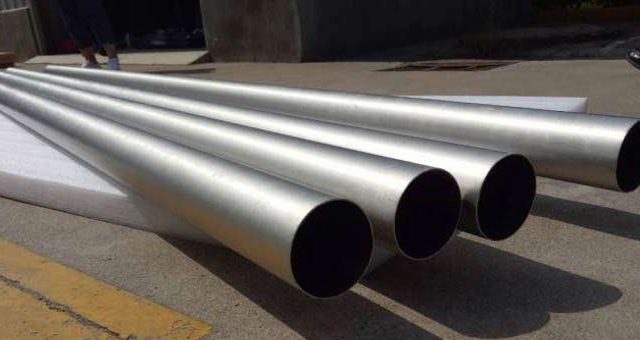304 and 304L Stainless Steel Pipes
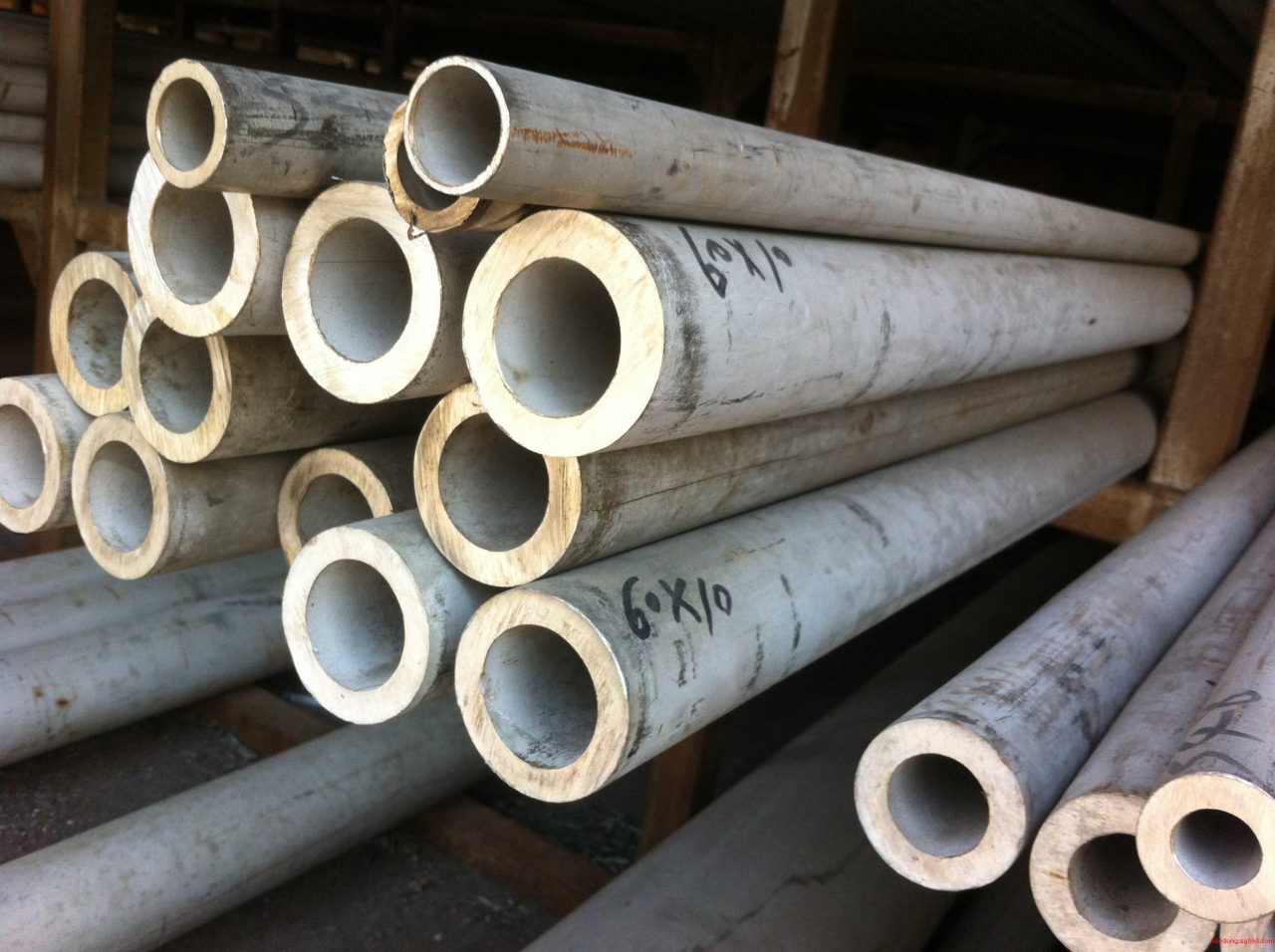
The Distinction Between 304 and 304L Stainless Steel Pipes: A Comprehensive Analysis
In the realm of stainless steel pipes, two prominent grades stand out: 304 and 304L. These two variants, while sharing several similarities, possess distinct characteristics that set them apart. This article aims to elucidate the differences between 304 and 304L stainless steel pipes, delving into their unique properties, applications, and advantages.
At the outset, it is crucial to understand that both 304 and 304L stainless steel pipes belong to the austenitic family of stainless steels. This family is renowned for its exceptional corrosion resistance, formability, and weldability, making it the preferred choice for a plethora of applications across various industries.
The primary distinction between 304 and 304L stainless steel pipes lies in their chemical composition. While both grades contain a similar percentage of chromium (18-20%) and nickel (8-10.5%), the 304L variant has a lower carbon content, typically not exceeding 0.03%. This seemingly minute difference in carbon concentration has a significant impact on the material’s properties and performance.
The reduced carbon content in 304L stainless steel pipes confers several advantages, particularly in terms of weldability. The lower carbon concentration minimizes the risk of carbide precipitation, a phenomenon that occurs during welding and can lead to intergranular corrosion. Consequently, 304L stainless steel pipes exhibit superior resistance to intergranular corrosion, especially in welded sections, compared to their 304 counterparts.
Furthermore, the diminished carbon content in 304L stainless steel pipes enhances their formability, rendering them more malleable and ductile. This property is particularly advantageous in applications that necessitate complex shaping or extensive bending, as it reduces the likelihood of material cracking or fracturing.
Despite these advantages, 304 stainless steel pipes should not be dismissed, as they possess their own set of merits. For instance, the higher carbon content in 304 stainless steel pipes imparts greater strength and hardness, making them suitable for applications that demand robustness and durability. Additionally, 304 stainless steel pipes exhibit exceptional resistance to a wide range of corrosive environments, including exposure to oxidizing acids, alkalis, and various organic compounds.
In terms of cost, 304 and 304L stainless steel pipes are relatively comparable, with minor fluctuations depending on factors such as market conditions and supplier pricing. Ultimately, the choice between these two grades hinges on the specific requirements of the application in question.
In conclusion, both 304 and 304L stainless steel pipes boast a myriad of beneficial properties, owing to their austenitic nature and unique chemical compositions. While 304 stainless steel pipes offer superior strength and corrosion resistance, 304L stainless steel pipes excel in weldability and formability.
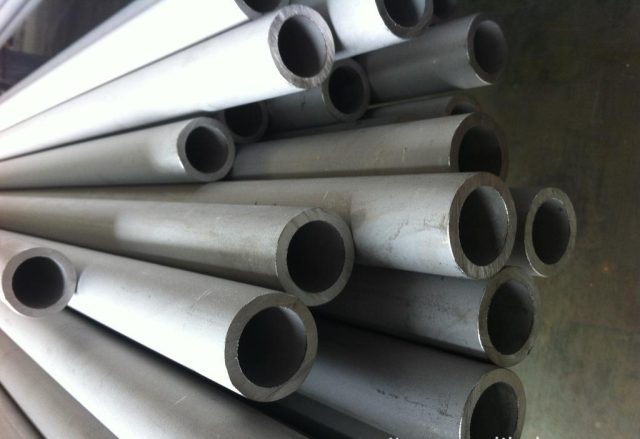
We provide the product range in the table below
| Material | Stainless Steel Pipes |
| Standard | ASME, ASTM, EN, BS, GB, DIN, JIS, etc |
| Steel Grade | 200 Series: 201,202 300 Series: 301,304,304L,316,316L,316Ti,309,310,317,321 400 Series: 409,410,420,430,436,444,441,440c Duplex Steel: 904L,2205,2507,2101,2520,2304 |
| Wall Thickness | 0.01-50mm |
| Diameter | 1mm-4500mm |
| Manufacturing Method | Cold Rolled, Hot Rolled |
| Manufacturing Technique | Seamless, Welded (ERW,EFW,Seamless,Spiral Welded) |
| Shape | Round, Square, Rectangular, Oval |
| Surface | Primary, Bright Polished, Hairline, Mirror |
| Color | Golden, Champagne gold, Rose gold, Brown, Bronze, Brass, Black, etc. |
| Delivery Time | In stock: 5-10 days Not in stock: 10-20 days |
| Payment Terms | T/T, L/C, Paypal, Credit Card, Trade Online |
| MOQ | 1 Ton |
Machinability
The use of chip breakers is advised since the chips can be stringy. Stainless steel work hardens rapidly, heavy positive feeds, sharp tooling, and a rigid set-up should be used.
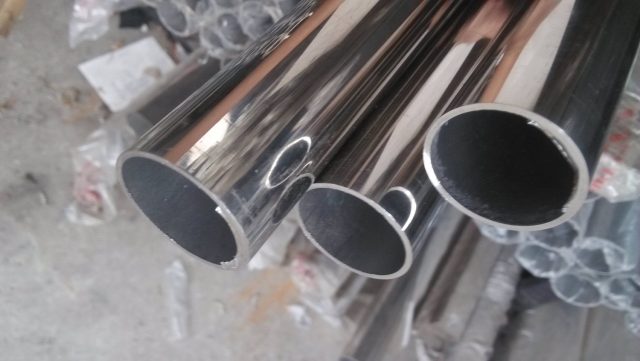
Chemical Properties
| C | Mn | Si | P | S | Cr | Ni | |
| 304 | 0.07max | 2.0max | 1.00max | 0.045max | 0.03max | min: 17.5 max: 19.5 | min: 8.0 max: 10.5 |
| 304L | 0.03max | 2.0max | 1.00max | 0.045max | 0.03max | min: 17.5 max: 19.5 | min: 8.0 max: 10.5 |
Mechanical Properties
Properties quoted below are guideline figuresonly nad should not be used for any design purposes.
| Grade | Tensile Strength ksi (min) | Yield Strength 0.2% ksi (min) | Elongation % | Hardness (Brinell) MAX | Hardness (Rockwell B) MAX |
| 304 / 304L | 75 | 30 | 40 | 201 | 92 |
Physical Properties
| Density lbm/in3 | Thermal Conductivity (BTU/h ft. °F) | Electrical Resistivity (in x 10-6) | Modulus of Elasticity (psi x 10-6) | Coefficient of Thermal Expansion (in/in)/ °F x 10-6 | Specific Heat (BTU/lb/°F) | Melting Range (°F)) |
| at 68°F: 0.285 | 9.4 at 212°F | 28.3 at 68°F | 28 | 9.4 at 32 – 212° | 0.1200 at 68°F to 212°F | 2500 to 2590 |
| 12.4 at 932 °F | 39.4 at 752°F | 10.2 at 32 – 1000°F | ||||
| 49.6 at 1652 °F | 10.4 at 32 – 1500°F |
Here is a technical parameter table for Grade 304/304L stainless steel:
